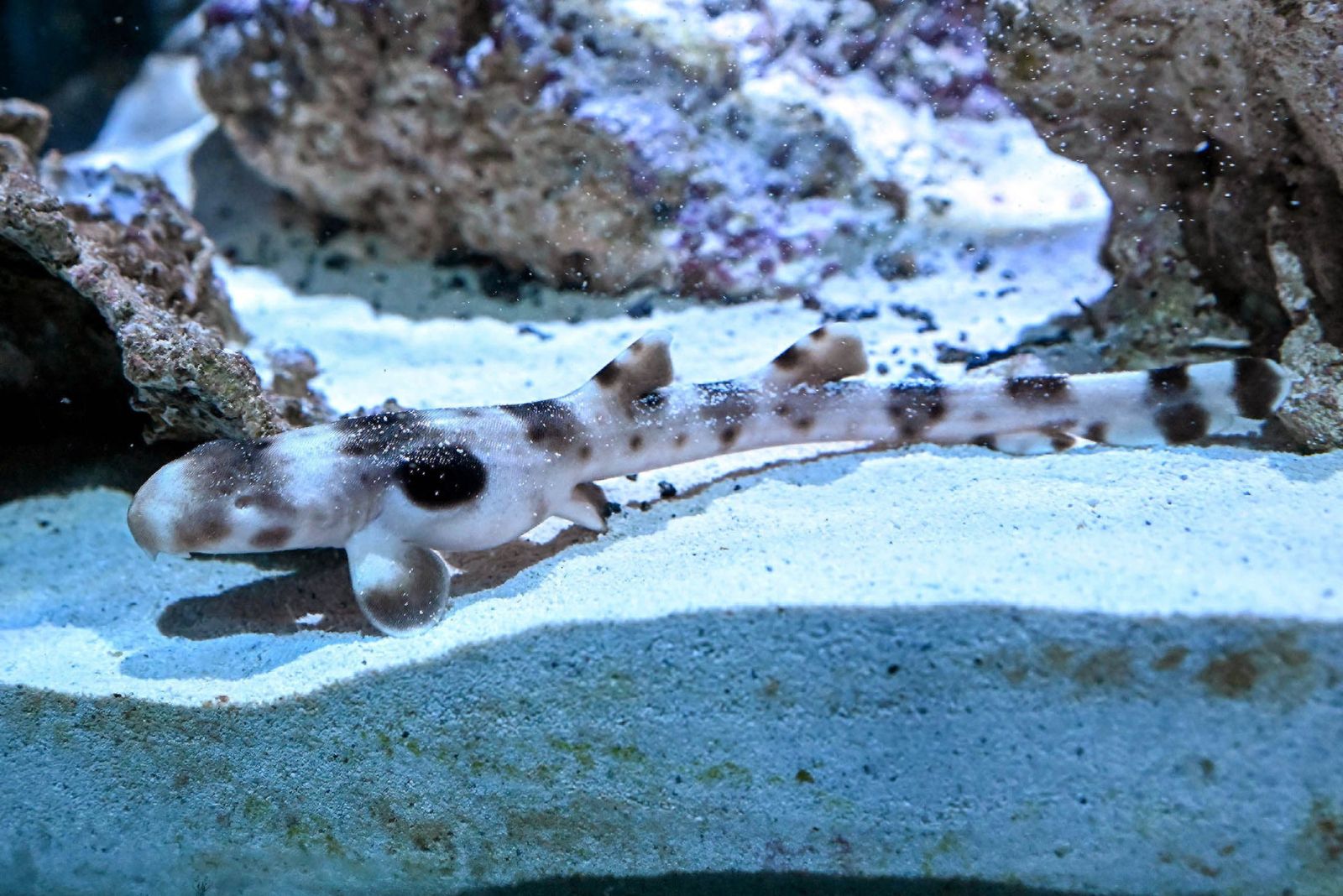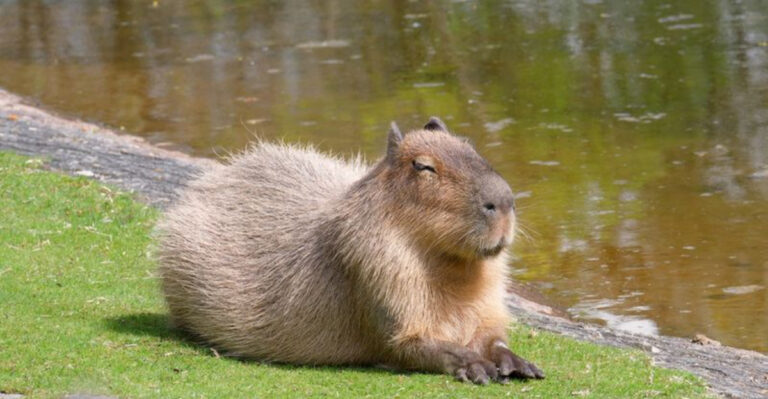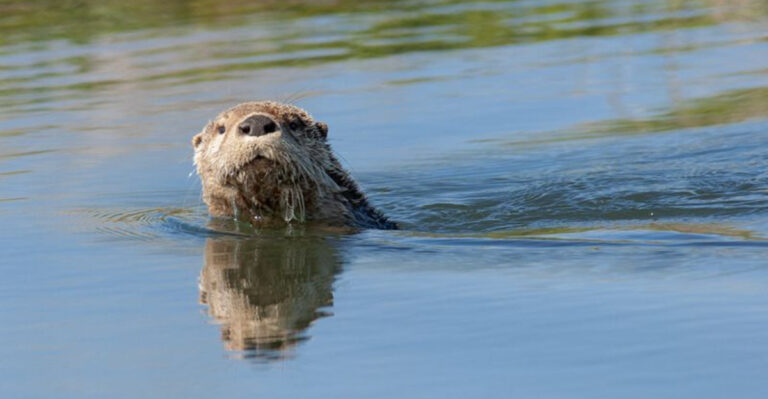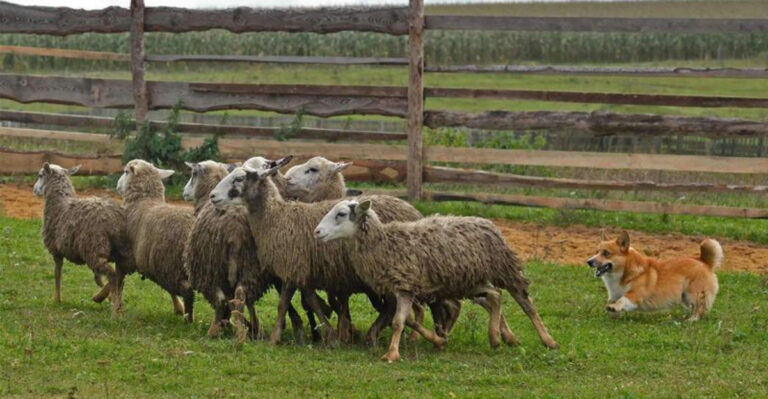Chicago Zoo Staff Shocked After The Shark Hatches Pup Without Being Mated

A recent event left everyone at Chicago’s Brookfield Zoo in shock because what happened was probably a first-time occurrence there.
Brookfield Zoo Chicago is a home to many different animals, including a small, completely harmless fish known as the epaulette shark.
These sharks show little fear of humans, so they’re easily handled. However, although they’re harmless, they may nip their captors if provoked.
Epaulette sharks reproduce by laying eggs, but what made this event at the zoo so shocking?
The zoo announced that an epaulette shark hatched a pup without male fertilization. How is that possible?

After sharing the surprising news from the shallow waters on their Facebook page, Brookfield Zoo Chicago posted an explanation for this rare occurrence:
“This epaulette shark has an exciting hatch day story. Sharks reproduce by laying eggs, but what’s most interesting is this embryo developed without the need for male fertilization. This process, known as parthenogenesis, is relatively rare for complex vertebrates like sharks, and Brookfield Zoo is believed to be one of only two facilities that have had success in hatching epaulette shark pups produced by asexual reproduction.”
Everyone was left in awe after hearing the news. However, it’s not the only thing that’s surprising. The reproduction of epaulette sharks is quite interesting. They produce rectangular-shaped eggs also called “mermaid’s purses.”
What’s interesting the most is that once a baby shark hatches, it is identical to its mother, fully formed with a set of fins and small, sharp teeth.

However, once these sharks hatch, they’re on their own without any contact with their mother.
Even though the baby shark is on its own, it’s closely monitored by professional zoo staff, who anticipate that the shark will reach up to 3 feet once fully grown.
It’s always amazing to hear something unusual like this and to see how diverse the animal world is, don’t you agree?






